5 Ultracontemporary Artists Redefining the Korean Art Landscape
The dynamic South Korean art scene is quickly becoming one of the most prominent globally, blending rich traditions with cutting-edge innovation. And...
Carlotta Mazzoli 13 January 2025
Witness the cultural phenomenon that is Ai Weiwei, the world’s most famous art dissident. Here we take a tour of ten of his most significant works.
Everything is art. Everything is politics.
The Independent, 27.02.2020.
Working across multiple disciplines (art, design, architecture, photography, sculpture, film, and music), Ai Weiwei is an outspoken critic of the Chinese government’s stance on democracy and human rights. He is globally known for his expressive conceptual art and activism. He has been imprisoned and branded a criminal for his brave works, which draw attention to unseen or vanished lives and the corruption of power. He is an expert at using provocative social media posts to spread his message across the globe.
Nothing can silence me as long as I am alive.
The Guardian, 18.08.2008.
Born in 1957 in Beijing, Ai Weiwei grew up in harsh conditions. He is the son of Ai Qing, one of China’s most famous poets, who was exiled to a labor camp by the state in a Communist purge of intellectuals and academics during the Cultural Revolution. During the decade, Ai’s family was forced to relocate from Beijing to a town in Xinjiang. In 1981, Ai Weiwei moved to the US to study, working as a portrait artist in Times Square at some point to make ends meet. He was fascinated by the witty ready-made of Marcel Duchamp, the art of Joseph Beuys, and the idea of authentic vs fake, old vs new, handmade vs machine. Later, he even named his working studio FAKE.
In 2005, Ai Weiwei was invited by the then-biggest internet platform in China, Sina Weibo, to start a blog. For four years, he shared his thoughts on art, philosophy and politics. He was shut down in 2009 for a stream of scathing criticism of government policy. He immediately turned to Twitter, claiming that he spent at least eight hours online every day. On Instagram, he created an open-ended photographic series depicting the artist giving his middle finger (an offensive gesture) to symbols of power across the world. Now let’s look at 10 of his most important artworks!
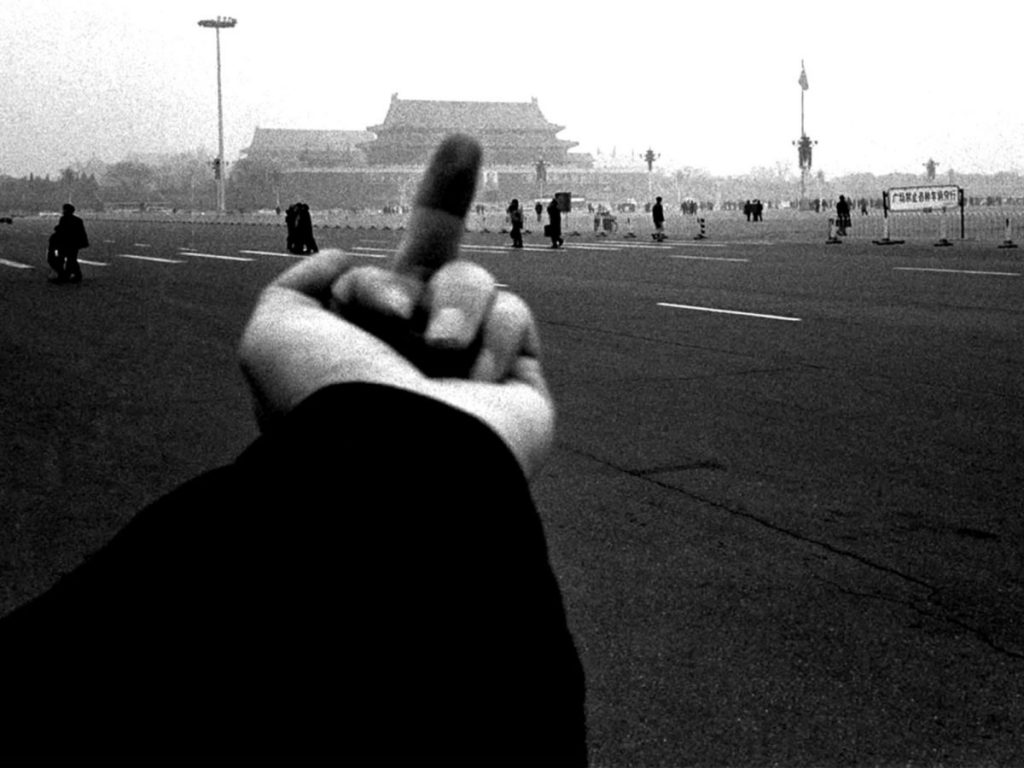
Ai Weiwei in 10 Artworks: Ai Weiwei, Study of Perspective, Tiananmen Square, 1995, Museum of Modern Art, New York, NY, USA.
Irrevocably transforming ancient Chinese artifacts, Ai Weiwei is no stranger to controversy. Smashing a priceless centuries-old vase (or was it a clever copy?) was his way of exploring how an increasingly modernized and industrialized China could relate to its cultural heritage. The Red Guards tried to erase China’s art heritage in the 1960s Cultural Revolution. This photo triptych from 1995 refers back to that, but also asks us how we respond to the loss or destruction of such heritage.
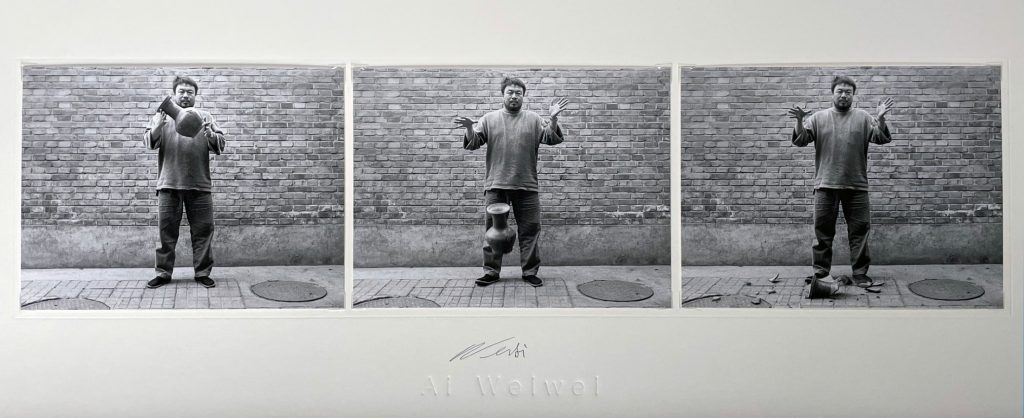
Ai Weiwei in 10 Artworks: Ai Weiwei, Dropping A Han Dynasty Vase, 1995-2021, Chambers Fine Art, New York, NY, USA.
This moving piece includes the names of over 5,000 children who died in the 2008 Wenchuan Earthquake in Sichuan. Weiwei collected 90 tonnes of mangled, twisted steel bars from poorly built schools which had been destroyed in the earthquake. He had them straightened and laid out in waves, like the oscillations on a seismograph. Architect Weiwei attacked the scandalous government corruption and cover-ups in school buildings in the earthquake-affected region, which had resulted in the deaths of so many innocent children.
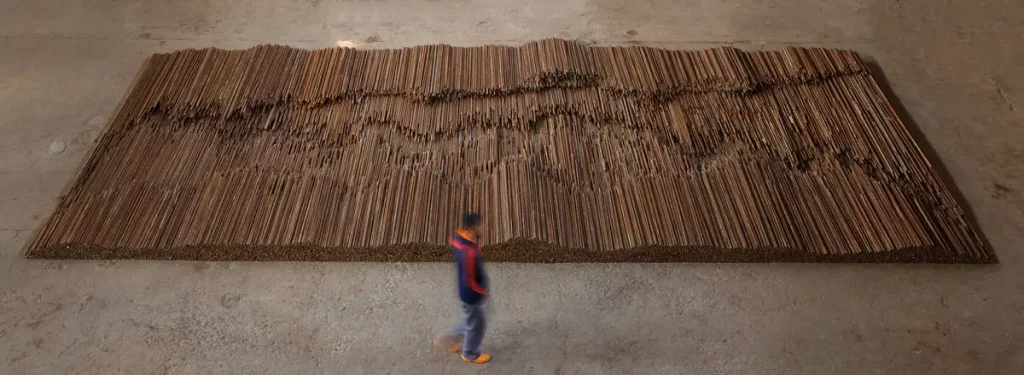
Ai Weiwei in 10 Artworks: Ai Weiwei, Straight, 2008, Royal Academy of Arts, London, UK.
Ai Weiwei became widely known in Britain after his sunflower seeds installation in London’s Tate Modern in 2010. One hundred million unique ceramic sunflower seeds were hand-made by 1,600 Chinese artisans and then scattered across the floor of the giant Turbine Hall. Ai Weiwei encouraged visitors to walk upon the seeds. These incredibly fragile sculptures experimented with a metaphor prevalent during the Cultural Revolution of Mao Zedong being the sun and the loyal supporters of the party being the sunflowers. However, the exhibit was soon roped off as gallery staff felt dust from the ceramic shards could be a health hazard.
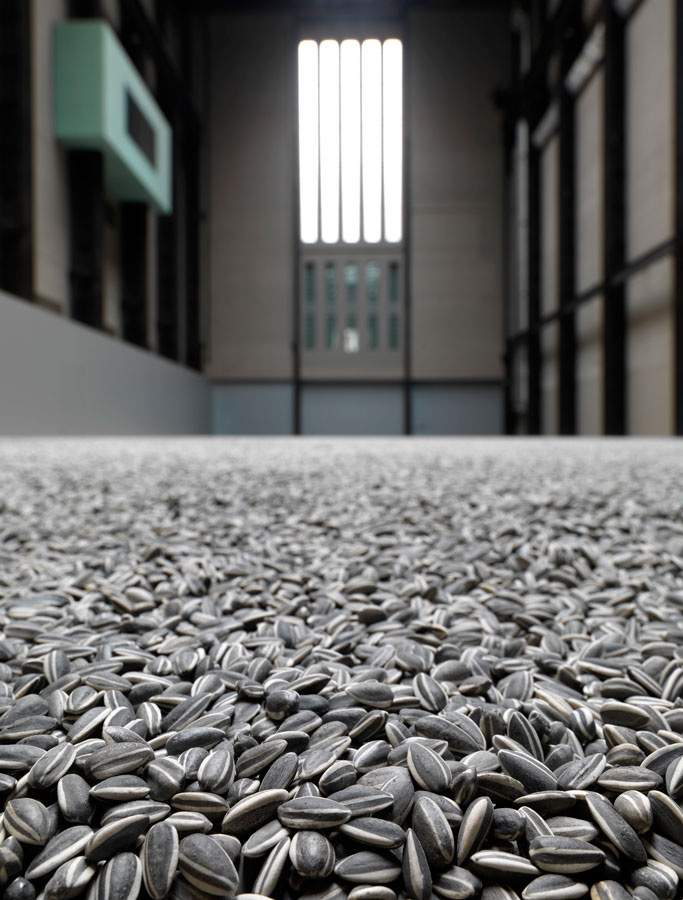
Ai Weiwei in 10 Artworks: Ai Weiwei, Sunflower Seeds, 2010, Tate Modern, London, UK.
An activist for women’s rights, Ye Haiyan was made homeless by the Guangdong police force, her hastily packed belongings dumped on the side of a road. Not only did Ai Weiwei offer vital help to Ye Haiyan and her young daughter, but in 2013, he made an artwork from the few belongings she managed to salvage.
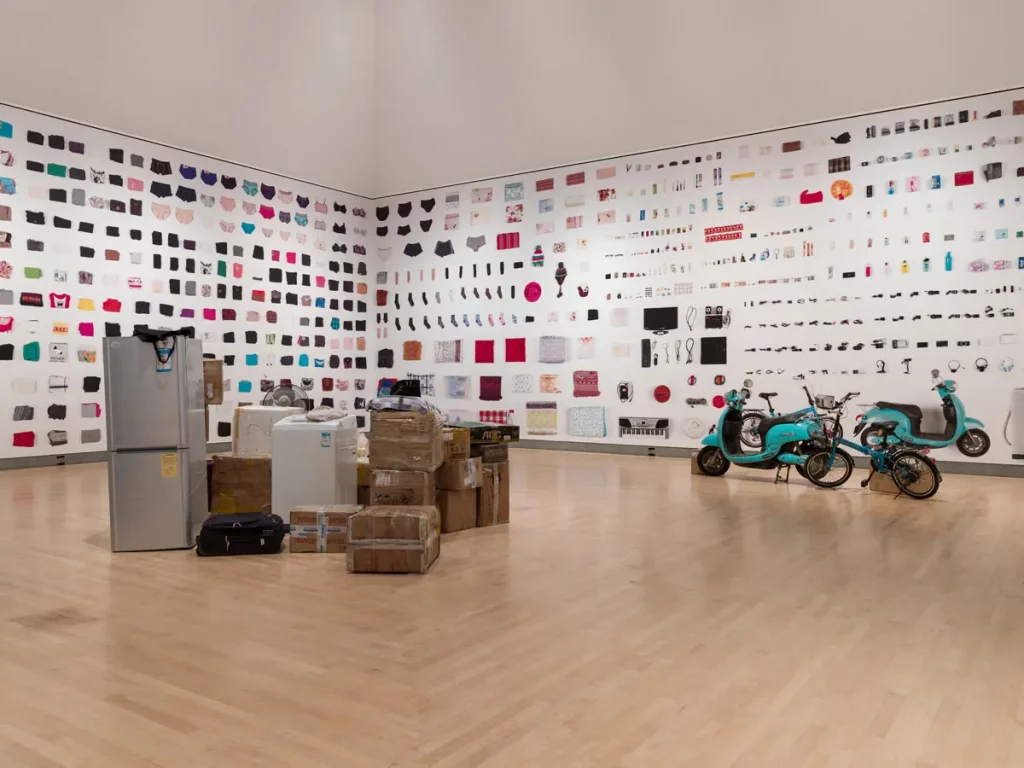
Ai Weiwei in 10 Artworks: Ai Weiwei, Ye Haiyan’s Belongings, 2013, Installation view of Ai Weiwei: According to What?, Brooklyn Museum of Art, New York, NY, USA. © Ai Weiwei.
This is an interesting work that Ai Weiwei wishes he was never involved in. He had hoped this design work for Beijing National Stadium, commonly known as Bird’s Nest, would highlight and promote a new China. However, he felt afterward that the Communist government used the stadium against free speech and as a stage to promote their own political agenda.
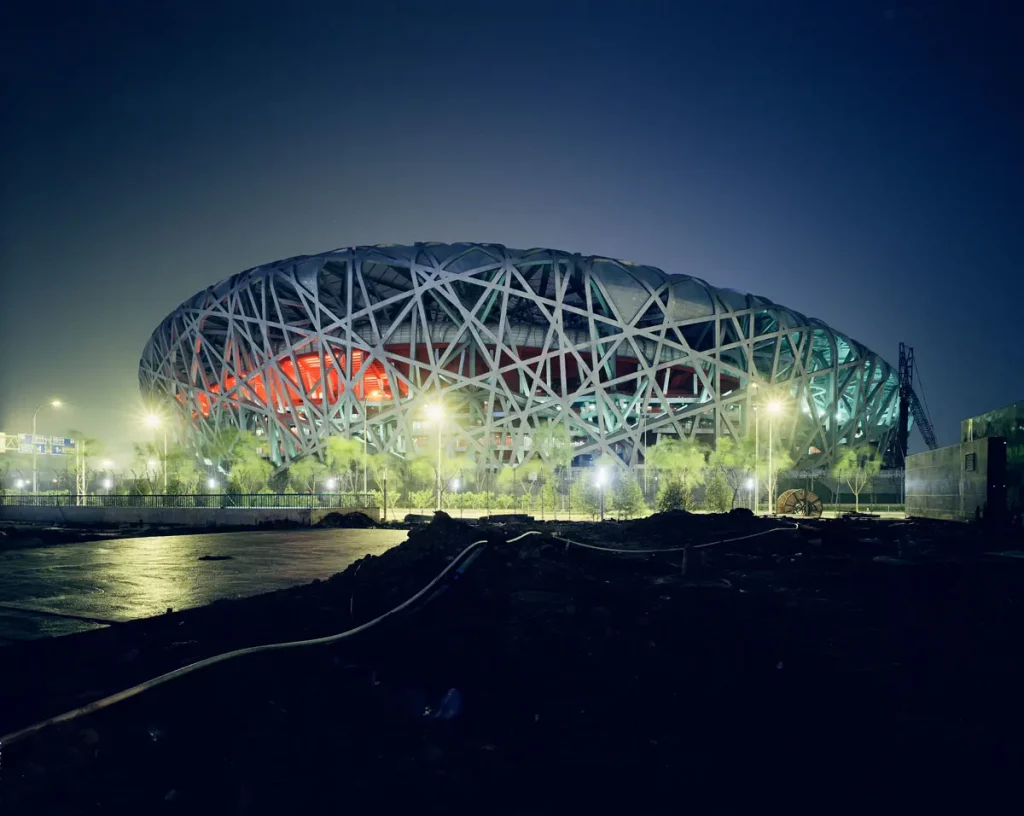
Ai Weiwei in 10 Artworks: Herzog & de Meuron, Stefan Marbach, Ai Weiwei, China Architectural Design & Research Group, Beijing National Stadium, 2005-2008, Beijing, China. © Ai Weiwei.
As well as adorning ancient artifacts with Coca-Cola logos, Ai Weiwei cast iconic red Murano glass from Venice into vases carrying the Coca-Cola logo. These were sold as limited edition items in 2023. This mix of ancient artisan skills with modern mass manufacturing makes us question what has value in the world today.
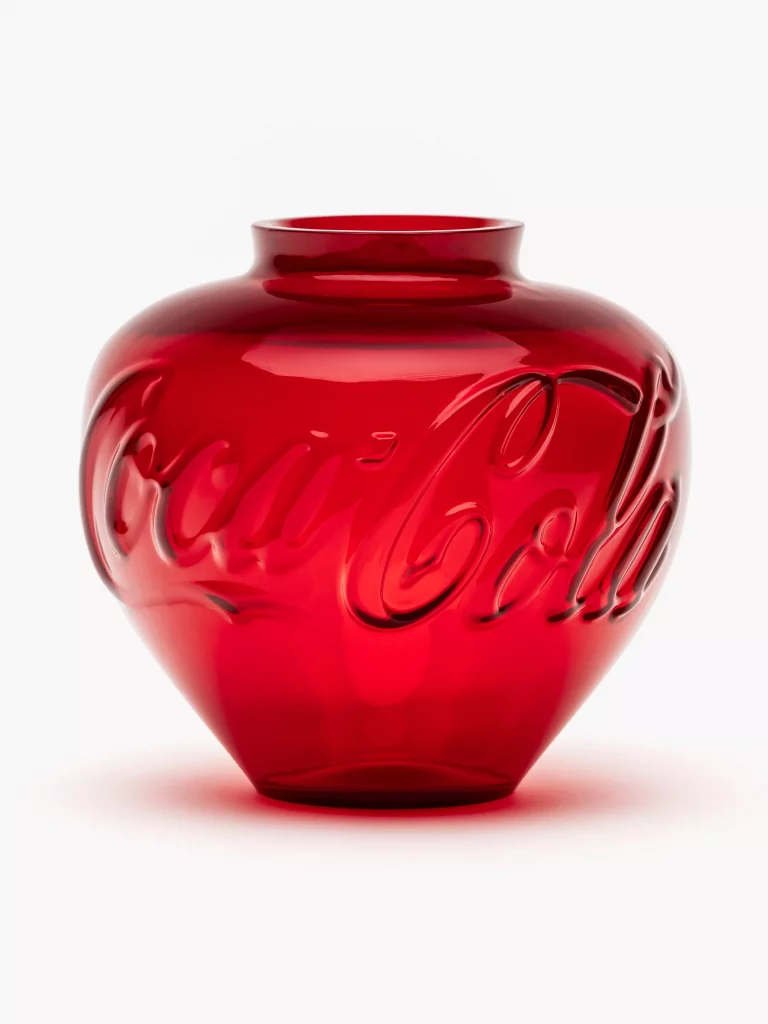
Ai Weiwei in 10 Artworks: Ai Weiwei, Coca Cola Glass Vase, 2023. Avant Arte.
This monumental sculpture is made from tree branches gathered from across China from trees such as ginkgo, cedar, and camphor. Here, material and form are in complete harmony, although from the visible joins and varying texture, we are in no doubt that this is not a living tree. The Tate Modern 2010 version later served as a mold for an iron sculpture called Iron Tree at Yorkshire Sculpture Park.
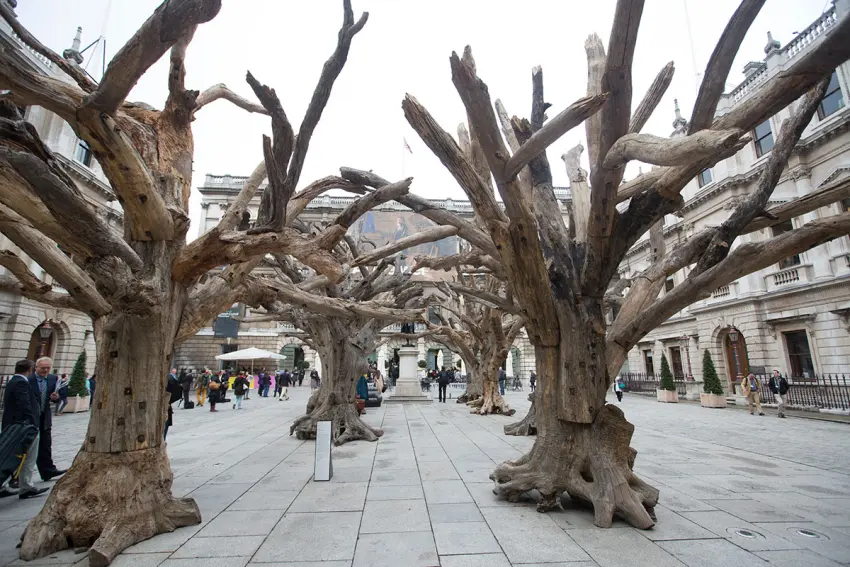
Ai Weiwei in 10 Artworks: Ai Weiwei, Tree, 2010, Tate Modern, London, UK.
Being violently forced from your home is the refugee experience – something Ai Weiwei has been through personally. Human Flow is a 2017 video coming from a passionate belief in humanity. Visiting 40 refugee camps in 23 countries over one year, Ai Weiwei records the personal stories behind the worldwide refugee crisis. Building walls and closing borders does not address the problems behind this issue, which are often generated by the greed of the wealthy West. Ai Weiwei tells us that we must find a way to allow the necessary ‘flow’ of people across the globe, that offers dignity and equality.
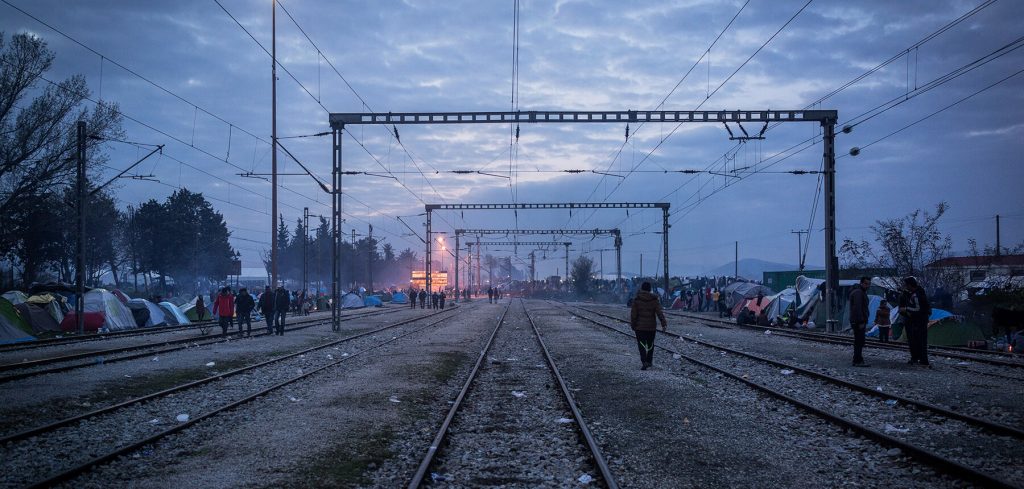
Ai Weiwei in 10 Artworks: Ai Weiwei, Still from Human Flow, 2017, humanflow.com.
This 2013 installation consists of six metal cubes, each with a small hole around shoulder height, like a cell door. Viewers peer into fiberglass dioramas showing Ai Weiwei’s 2011 illegal imprisonment in a secret state detention center. We see Ai Weiwei flanked by guards in military uniform. We see him sleeping and showering. The six letters stand for Supper, Accusers, Cleansing, Ritual, Entropy, and Doubt.
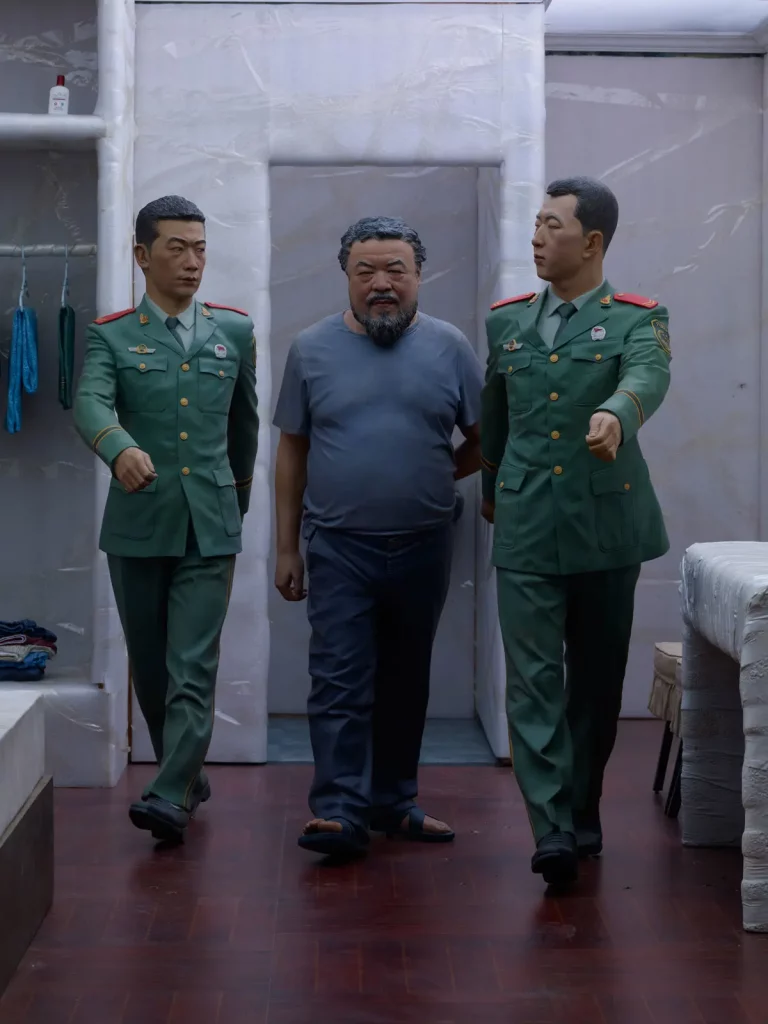
Ai Weiwei in 10 Artworks: Ai Weiwei, S.A.C.R.E.D, 2013, © Ai Weiwei.
In 2021, Ai Weiwei wrote a moving biography about his father and his own personal history, a literary project that took ten years to complete. Prompted by fears that he could be imprisoned away from his family for many years, Ai Weiwei decided to write a book so that his son could find the true stories of his father and grandfather. Published by Penguin Random House, Ai Weiwei says this was perhaps his most challenging project ever.
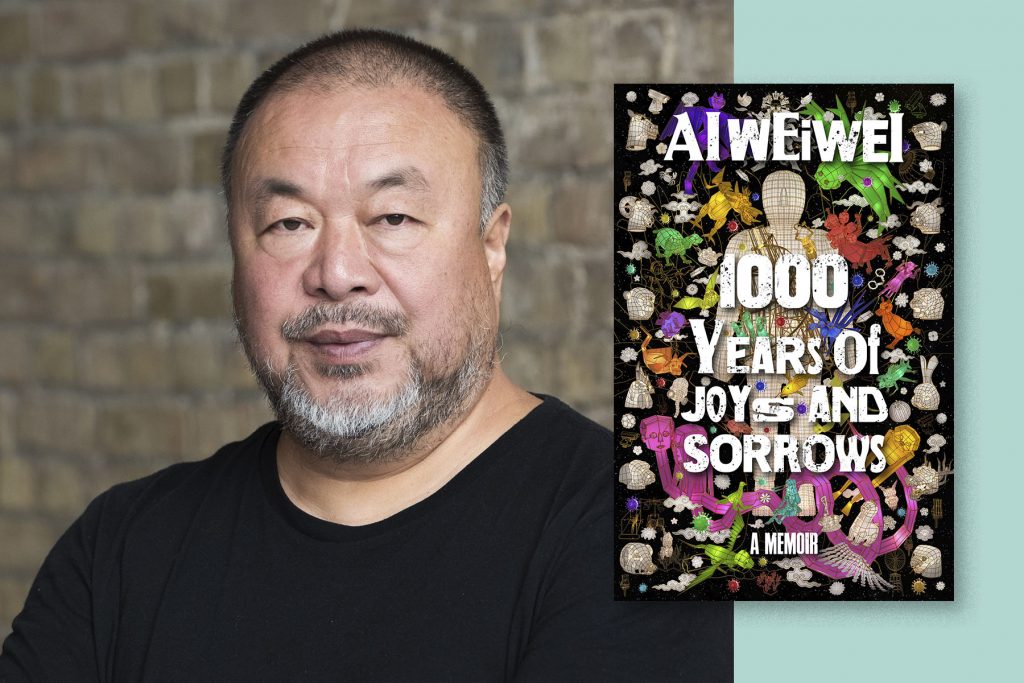
Ai Weiwei in 10 Artworks: Ai Weiwei, 1,000 Years Of Joys And Sorrows, 2021, Penguin Books, UK.
Art is not an end but a beginning
New York Arts Magazine, March 2008.
Multimedia activist, lover of cats, and a world-famous blackjack card player, Ai Weiwei cannot be easily categorized. He has served on many international arts juries and curatorships. And let’s not forget his musical contributions such as the 2013 heavy metal song Dumbass, the video for which reconstructs his imprisonment. Or his parody of Korean-Pop hit Gangnam Style!
Ai Weiwei has a definite impact on Chinese cultural development. Despite being prohibited from traveling abroad or engaging in public speech until 2015, he vowed never to be silenced. He was, and still is, subjected to constant government surveillance. Now living between Berlin, Portugal, and the UK, Ai Weiwei remains an outspoken visionary.
The art always wins. Anything can happen to me, but the art will stay.
The Economist, May 05.05.2012.
DailyArt Magazine needs your support. Every contribution, however big or small, is very valuable for our future. Thanks to it, we will be able to sustain and grow the Magazine. Thank you for your help!